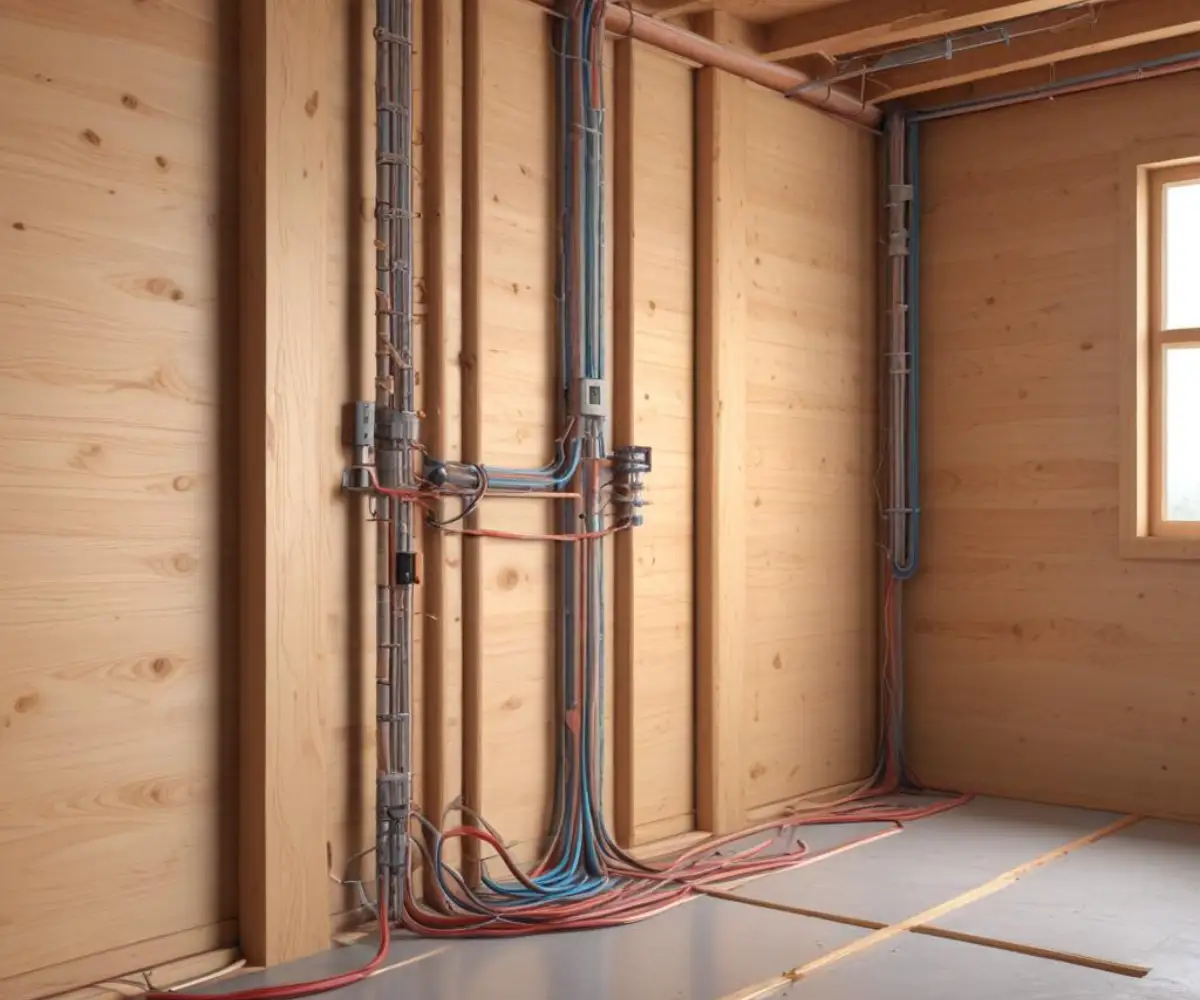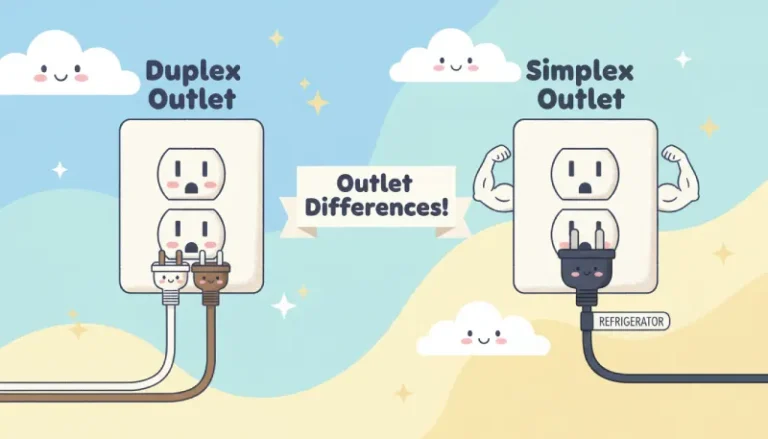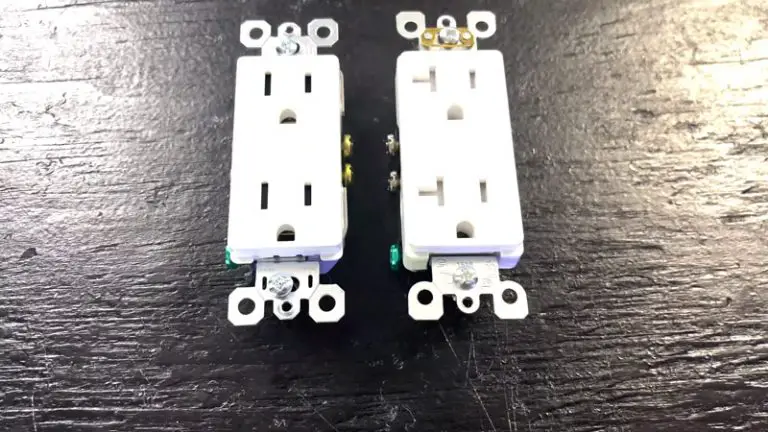Permit to Rewire Your House? Ignoring This Answer Could Cost You Thousands
You’ve decided it’s time. The flickering lights, the outlets that don’t grip a plug, and the nagging fear of outdated, unsafe wiring have convinced you to undertake a full house rewire. It’s a smart, proactive step for your home’s safety and value. But as you plan this major project, a critical question emerges, clouded by conflicting advice from neighbors and online forums: do you really need a permit to rewire your house?
The short answer is an unequivocal yes. For a project as significant as a complete rewire, a permit is almost universally required. This isn’t just bureaucratic red tape; it’s a fundamental measure designed to protect you, your family, and your single largest investment from catastrophic failure.
Skipping this crucial step can lead to a cascade of disastrous consequences, from immediate safety hazards to crippling financial and legal trouble years down the road. Understanding the “why” behind the permit is the first step in appreciating its absolute necessity.
You'll Learn About
Why Electrical Permits Are Non-Negotiable
At its core, the permit process is a system of checks and balances. Building codes, including the National Electrical Code (NEC), are in place to ensure a baseline of safety for all construction and renovation work. An electrical permit is the mechanism that enforces these codes. When you pull a permit, you are triggering a process that ensures the work will be reviewed and inspected by an objective expert whose only job is to confirm it’s done safely.
This oversight is critical. Faulty wiring is a leading cause of residential fires. An inspector can identify issues that even a well-meaning DIYer or a rushed contractor might miss, such as improper grounding, overloaded circuits, or incorrect wire gauges. These are not minor details; they are the difference between a safe home and a potential fire hazard.
The Critical Role of Inspections
A permit isn’t just a piece of paper; it’s your ticket to a professional inspection. Typically, the electrical work must be inspected at two key stages: the “rough-in” phase, before the drywall is installed, and the “final” phase, once all devices are in place. The rough-in inspection is particularly vital, as it allows the inspector to see all the new wiring, junction boxes, and connections within the walls.
This expert review ensures that all work complies with current safety standards, saving you from costly mistakes and, more importantly, protecting your home. It’s a layer of quality assurance that provides invaluable peace of mind.
“Minor” vs. “Major”: Where Does Rewiring Fit?
One of the biggest areas of confusion for homeowners is the distinction between minor repairs and major projects. While regulations vary by municipality, the general rule is that you’re crossing into permit territory when you install or alter permanent wiring. A full house rewire is the very definition of altering permanent wiring.
Minor tasks, like swapping a broken light switch for a new one of the same type, generally do not require a permit. However, as soon as you run a new wire, add a new outlet, or alter a circuit’s path, you are performing work that requires a permit and inspection. A complete rewire involves replacing every circuit in your home, making it one of the most significant electrical projects possible.
To provide clarity, the following table breaks down common electrical jobs and their typical permit requirements. Always confirm with your local building department, as rules can differ.
| Type of Electrical Work | Permit Typically Required? | Reasoning |
|---|---|---|
| Full House Rewire | Yes, Always | Involves complete alteration and installation of new, permanent wiring systems throughout the home. |
| Upgrading an Electrical Panel | Yes, Always | This is a major alteration to the core of your home’s electrical system and affects its total capacity. |
| Adding a New Circuit (e.g., for an EV charger) | Yes | Involves installing new, permanent wiring and connecting it to the breaker panel. |
| Installing a New Outlet or Light Fixture (where one didn’t exist) | Yes | This requires running a new wire, which is considered an alteration to the system. |
| Replacing an Existing Outlet or Switch | No | Considered minor repair/maintenance as long as you are replacing it with a like-for-like device and not altering the wiring. |
| Replacing an Existing Light Fixture | No | Similar to replacing an outlet, this is typically viewed as a minor repair if no new wiring is run. |
The Hidden Costs of Skipping a Permit: A Financial Time Bomb
Many homeowners are tempted to skip the permit process to save a few hundred dollars and avoid scheduling inspections. This is a dangerously shortsighted calculation. The potential financial and legal fallout from unpermitted work can be devastating, turning a cost-saving measure into a multi-thousand-dollar catastrophe.
Insurance Claim Denial: The Ultimate Betrayal
This is the single most significant financial risk of unpermitted work. If an electrical fire occurs in your home and the subsequent investigation reveals that the fire originated from unpermitted electrical work, your homeowner’s insurance company has grounds to deny your claim. They can argue that the unpermitted work created an undisclosed risk and constituted negligence, voiding your coverage.
Imagine your home suffering significant fire damage, only to find out that the insurance policy you’ve paid for faithfully for years will not cover the repairs. You would be left responsible for the entire cost of rebuilding, which could be financially ruinous. This is not a scare tactic; it is a standard practice in the insurance industry.

Problems When Selling Your Home
Unpermitted work is a ticking time bomb that often detonates when you decide to sell your property. During the home sale process, buyers will have a home inspection, and savvy inspectors can often spot signs of unpermitted work. Furthermore, you are legally required in most states to disclose any known unpermitted work.
This discovery can derail a sale completely. Lenders may refuse to finance a mortgage on a property with significant unpermitted work, drastically shrinking your pool of potential buyers to cash-only investors who will expect a steep discount. Even if you find a buyer, they will likely demand that you get the work permitted retroactively—a process that can be expensive and may require tearing open walls—or they will negotiate the sale price down significantly to cover their future risk.
Fines and Legal Action
If your local building authority discovers unpermitted work, either through a neighbor’s report or during an unrelated inspection, they can issue a “stop-work order” immediately. You will then likely face fines and penalties. More critically, you may be required to apply for a retroactive permit.
This process often involves exposing all the completed work (which could mean tearing out drywall) so it can be properly inspected. If the work is not up to code, you will be required to hire a licensed electrician to bring it into compliance, essentially paying for the job twice.
Navigating the Permit Process: A Step-by-Step Guide
While it might seem intimidating, the permit process is straightforward. It is designed to be navigated by homeowners and contractors alike. Taking the correct steps ensures your project is legal, safe, and properly documented from the start.
Step 1: Contact Your Local Building Department
Your first and most important step is to contact the building or inspections department of your city or county. They are the definitive authority on what requires a permit in your area. They can provide you with the necessary application forms, fee schedules, and information on specific code requirements for your jurisdiction. This simple phone call or visit to their website can clear up any confusion and set you on the right path.
Step 2: Preparing Your Application
The permit application will ask for details about the project. For a full rewire, you will likely need to provide basic information about the scope of the work. If you are hiring an electrician, they will handle this entire process for you. If you are attempting the work yourself under a homeowner’s permit, you may need to provide a simple diagram of the circuits you plan to install. The goal is to demonstrate a basic understanding of the work you intend to do.
Step 3: The Inspection Stages
Once your permit is issued and the work begins, you must schedule inspections at the proper times. The two primary inspections are the rough-in and the final. It is your responsibility to call the building department to schedule these. Do not cover any wiring with insulation or drywall until the rough-in inspection has been completed and passed. The inspector will sign off on the permit card at each stage, creating an official record that the work was done to code.
The DIY vs. Pro Dilemma: Can You Pull Your Own Permit?
Many jurisdictions allow homeowners to pull their own electrical permits for work on their primary residence. However, this comes with immense responsibility. When you pull a homeowner’s permit, you are legally certifying that you have the knowledge and skill to perform the work safely and in accordance with all applicable codes.
A full house rewire is a complex and demanding job. It involves much more than connecting wires. You must understand load calculations, circuit protection requirements, proper grounding techniques, and the specific codes for different areas of the home, like kitchens and bathrooms. A mistake in any of these areas can have dangerous consequences. For instance, if your house has older plaster walls, the process of running new wires presents unique challenges, a topic you can explore further in this guide on how to rewire a house with plaster walls.
Furthermore, a rewire often accompanies a service upgrade, which may involve complex tasks like relocating the main panel. Understanding how hard it is to move a breaker box and the associated code requirements is critical. You must also be able to identify and correctly address pre-existing issues, such as discovering you have a “no equipment ground” situation, which has significant safety implications. Given the complexity and high stakes, hiring a licensed and insured electrical contractor is the recommended path for the vast majority of homeowners.
Frequently Asked Questions About Electrical Permits
Navigating the world of permits can generate many questions. Here are answers to some of the most common ones to help you understand the process better.
How much does an electrical permit cost?
Permit fees vary widely depending on your location and the scale of the project. For a full house rewire, fees can range from a couple of hundred to over a thousand dollars. While this may seem like a significant cost, it is a tiny fraction of the potential costs associated with unpermitted work, such as fines, rework, or a denied insurance claim.
How long does it take to get a permit?
For a straightforward residential project like a rewire, many municipalities can issue a permit over the counter or within a few business days. The process is generally not a major source of delay. Waiting for inspections, however, does need to be factored into your project timeline.
What happens if I get caught without a permit?
If an inspector or city official discovers you are performing major electrical work without a permit, they will issue a stop-work order. You will then be required to halt all work, apply for a permit, pay any associated fines (which are often double the original permit fee), and schedule inspections. This will cause significant delays and increase the overall cost of your project.
The Bottom Line: A Permit Is Your Best Insurance Policy
The decision to rewire your house is a significant investment in its safety and longevity. Attempting to cut corners by skipping the permit process is a gamble that simply isn’t worth the risk. A permit is not an obstacle; it is a shield.
It protects you from faulty workmanship, ensures your home meets nationally recognized safety standards, and safeguards your financial future against insurance denials and legal liabilities. When it comes to the electrical system that powers your life, there is no substitute for doing it right, and doing it right starts with a permit.



